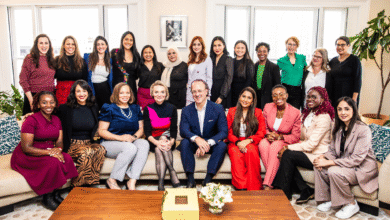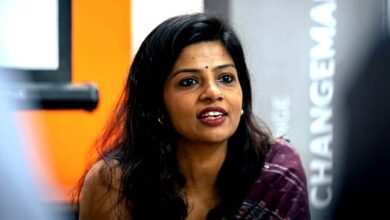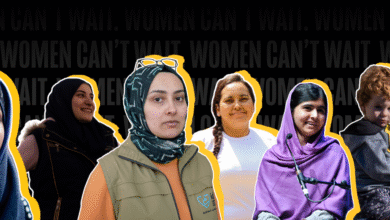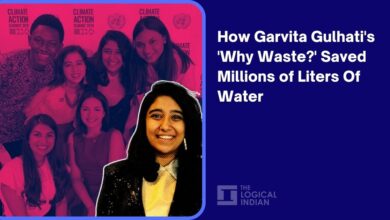11 Indigenous Youth Making a Difference in their Communities

“We encourage youth to leave the Rez and pursue jobs in corporate settings, but we should enable students to build solutions right here,” Boyer says. “If that’s as scientists, that’s cool, but it’s important they have skills they can use right now. That looks like building STEM centers in our communities and getting funding for students to sustain projects they want to work on.”
Ha’åni San Nicolas, 25, CHamoru and Samoan
Courtesy of Ha’ani San Nicolas
Raised on the island of Guåhan, Ha’åni San Nicolas’s work will always return to her community. As a poet and PhD candidate studying Indigenous politics and gender studies in Hawai’i, her academic research and community organizing is deeply and inextricably tied to her art. As associate producer for Deep Pacific, a podcast that breaks down “false borders” throughout the Pacific, she centers connections between their diverse communities through conversations with Pasifika artists, activists, and writers. She’s also the Indigenous Relations and Communications Director for Famalaoan Rights, which fights for access to reproductive care and abortion in Guåhan.
“The best writing is political,” she says, paraphrasing the late scholar Haunani-Kay Trask. “People always try to separate politics from creativity, but there’s absolutely no way you can do that as an Indigenous creative.”
San Nicolas’s intersectional work largely tracks narratives of CHamoru and Samoan women. “If you look through historical records, we’re hidden in the footnotes,” she says. “I’m invested in writing about our experiences as CHamoru women, but specifically the joyful and uplifting histories. Our ancestors have done the hard labor of giving us stories of colonization. Now we want to do the work of remembering and recalling what makes us happy.”
San Nicolas plans on finishing her PhD, but her dream is for all Indigenous peoples to share their stories of rapture and happiness through storytelling: “I want to see children on the playground, going to school speaking our mother tongue. I want to see them come into their own and realize that… we can find strength in our communities and relationships with one another.”
Ally Gee, 23, Diné
Maddie Sanders
Growing up in Low Mountain, Arizona, Ally Gee rarely talked about sexual health or menstruation with her family. The topics were largely considered taboo. But when she began working as a student at Fort Lewis College’s health clinic and saw a need for more sexual wellness education and menstrual health supplies, she knew something had to change. Roughly half of the undergraduate student body was Native, and most of the community members the clinic was serving were people of color.
Working with the nurse practitioners at the clinic, Gee helped to secure a grant that provided months of free reproductive health services and menstrual health products for students. She says that’s where her passion for providing accessible sexual health and wellness services started.
“As the only woman of color at the clinic, I became an advocate for a lot of students that came in,” she says. Students still come to Gee for education, though she has stopped working at the clinic. As of now, Gee is seeking other funding sources and working on expanding educational materials for students that she developed as a UNITY 25 Under 25 youth leader. Her dream is to one day have a comprehensive program that could provide free reproductive health resources and education.
Source link




